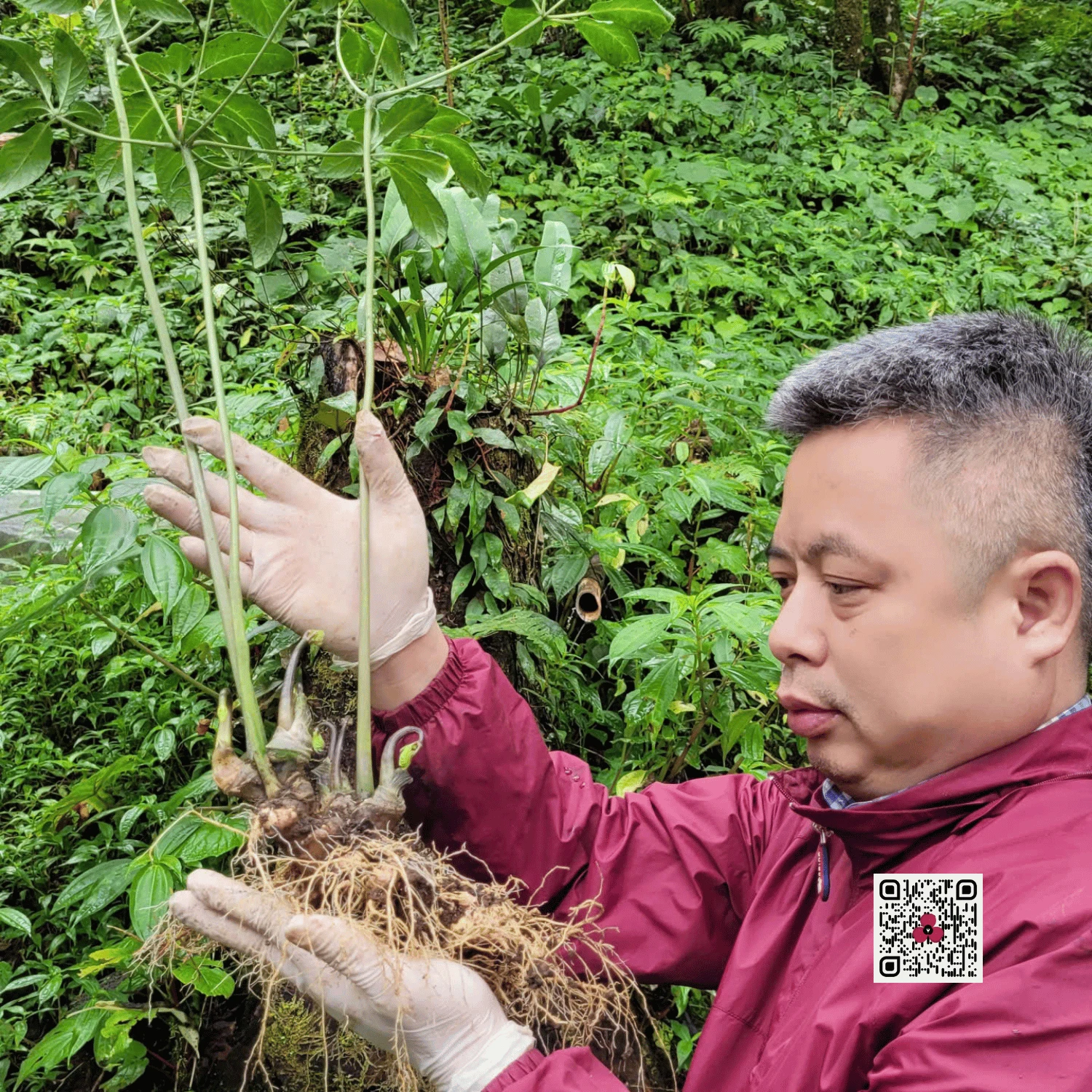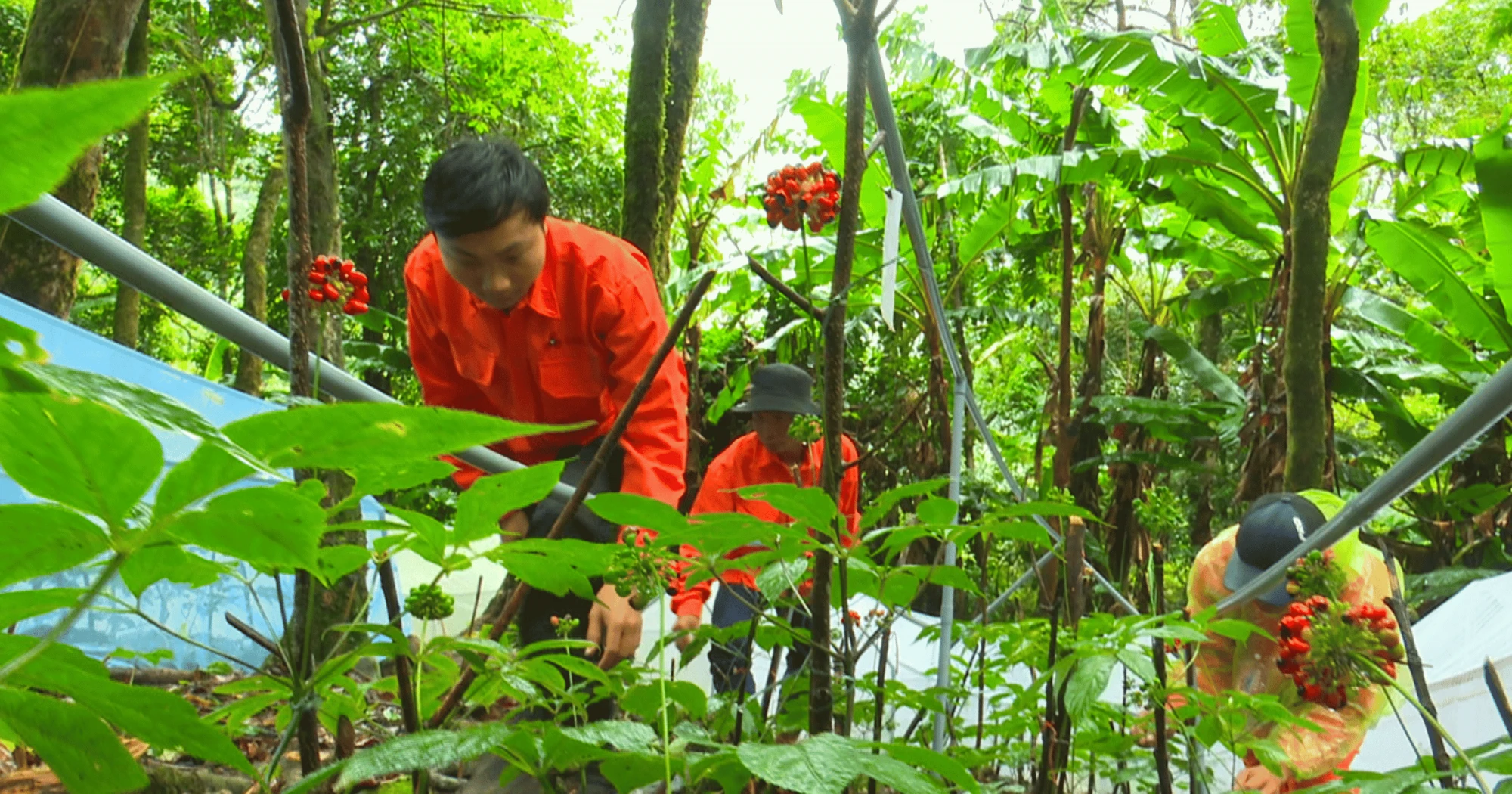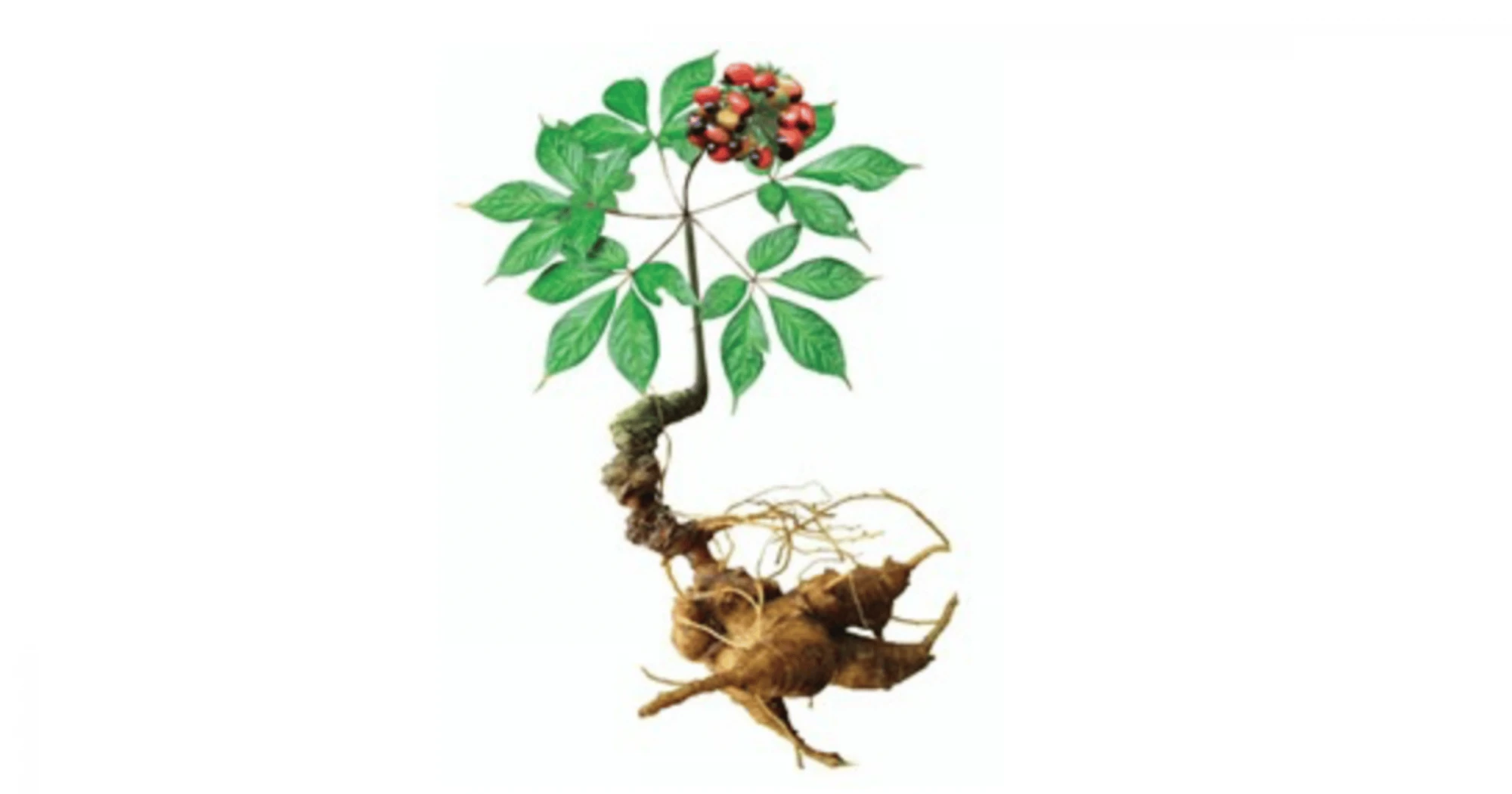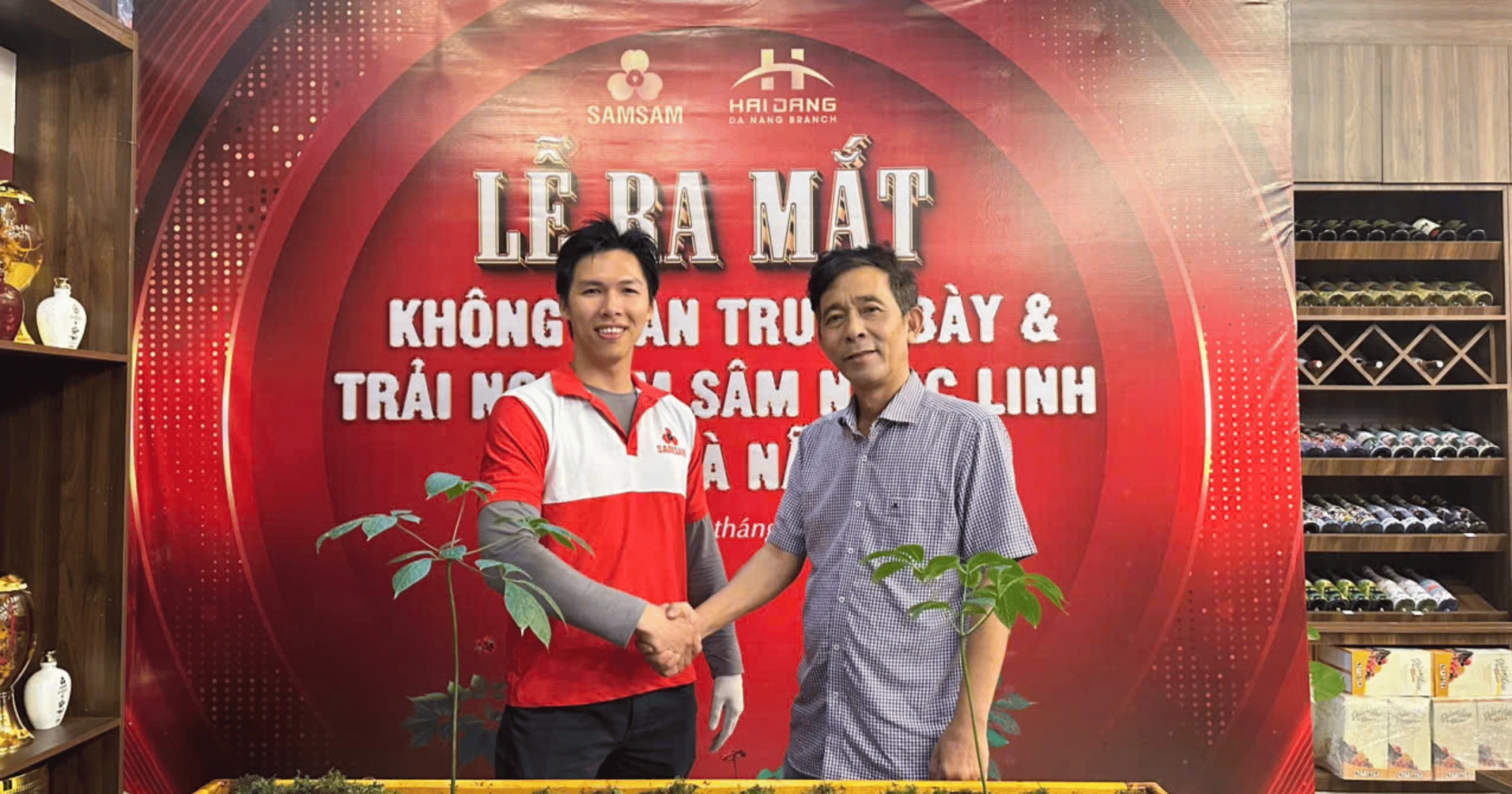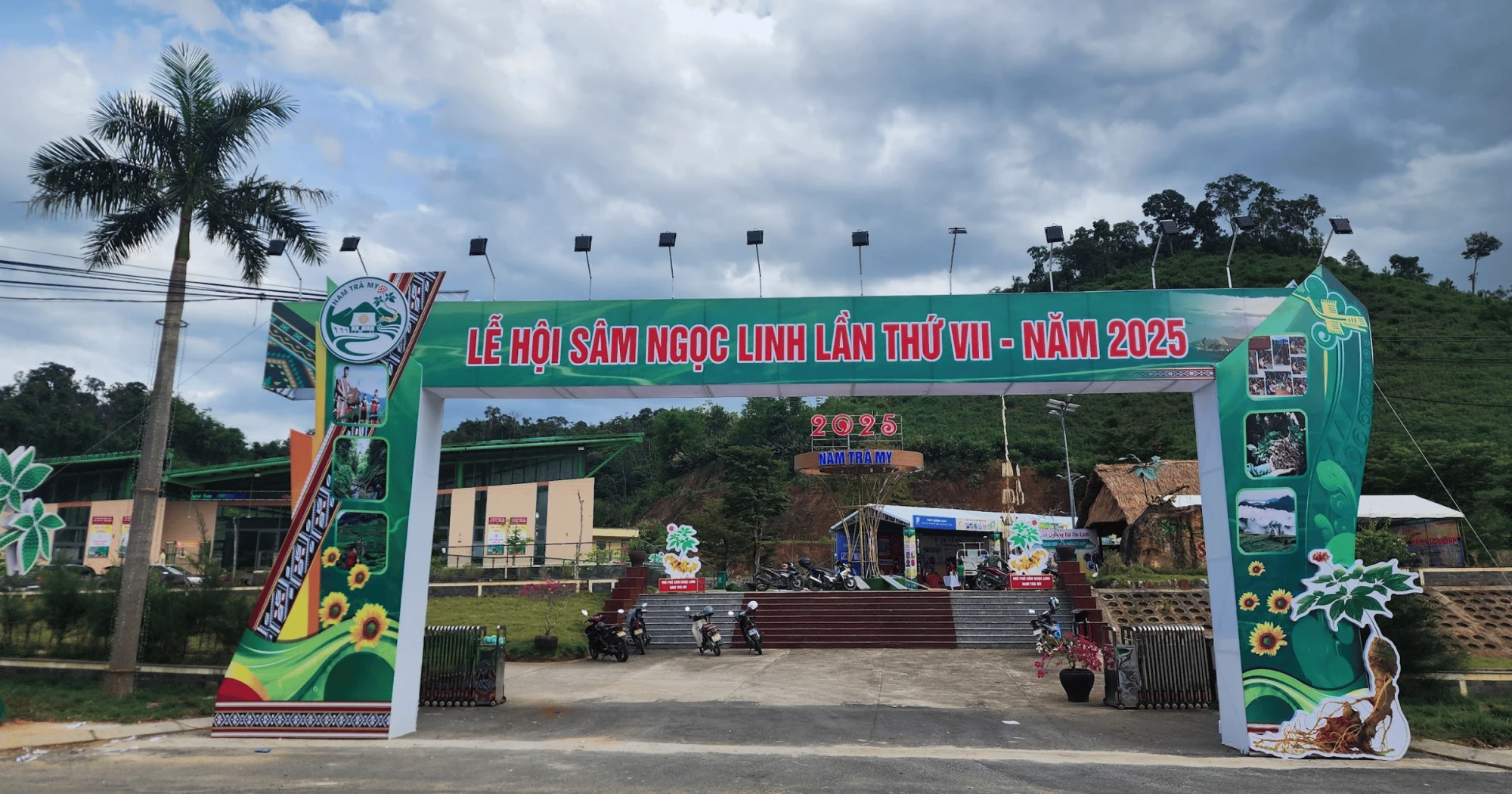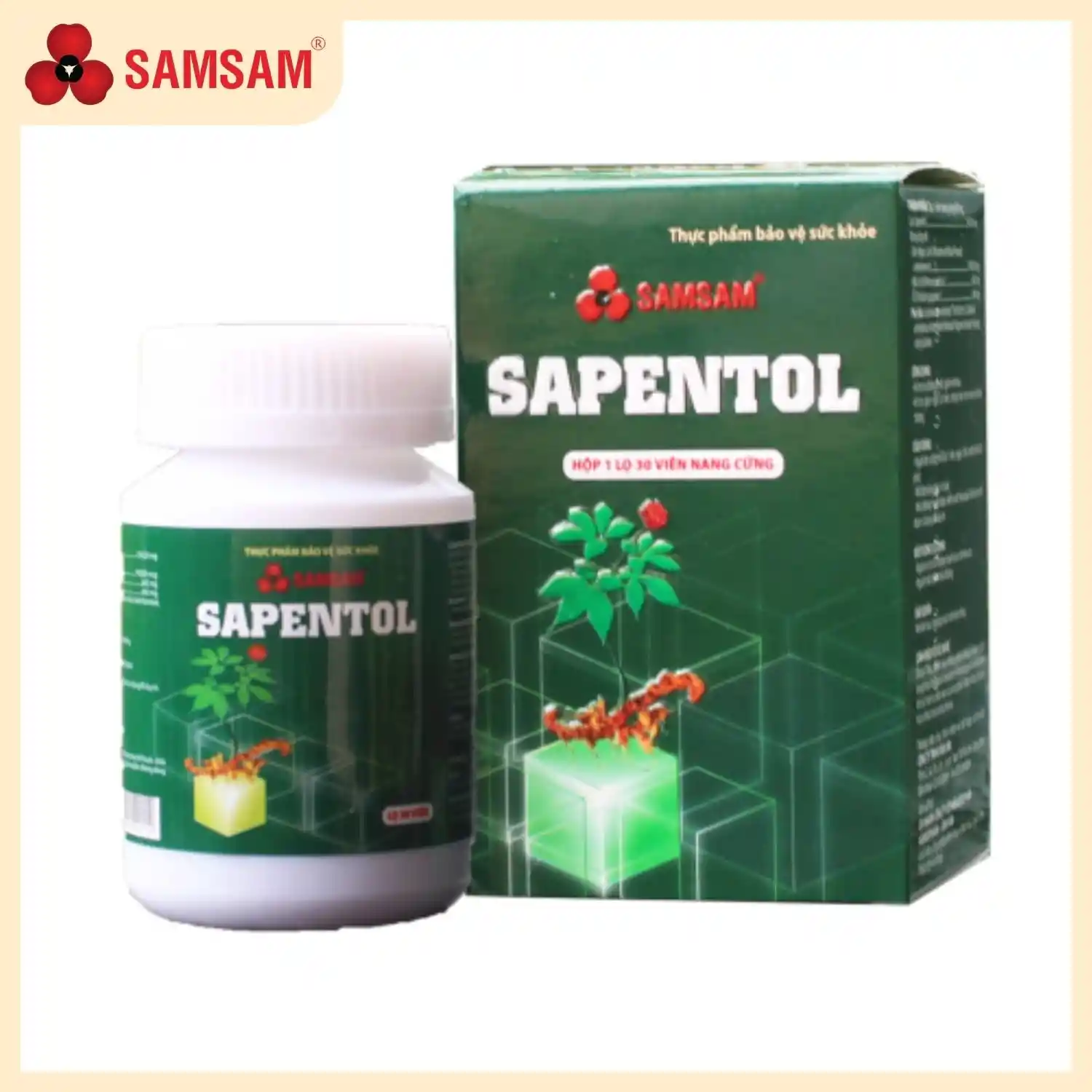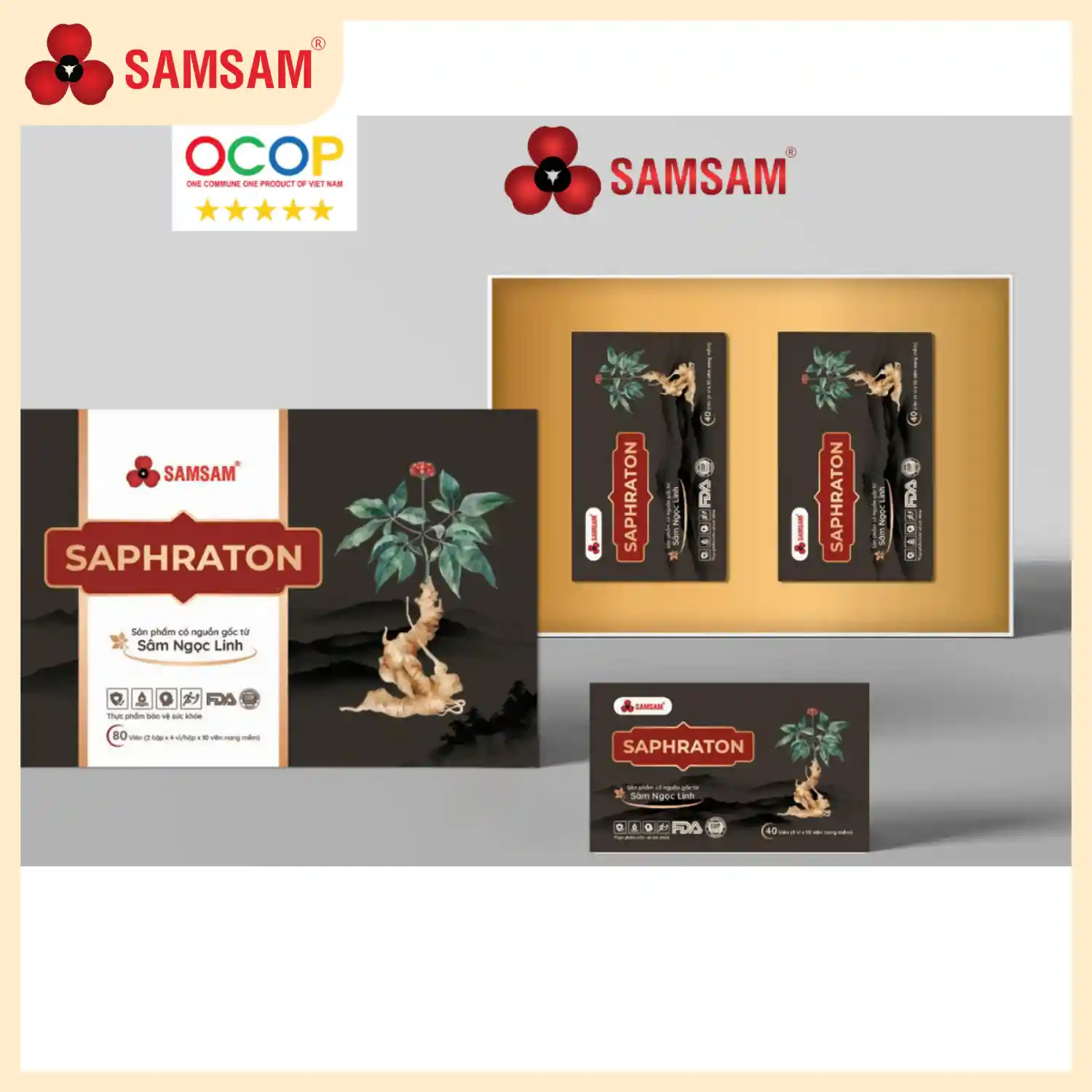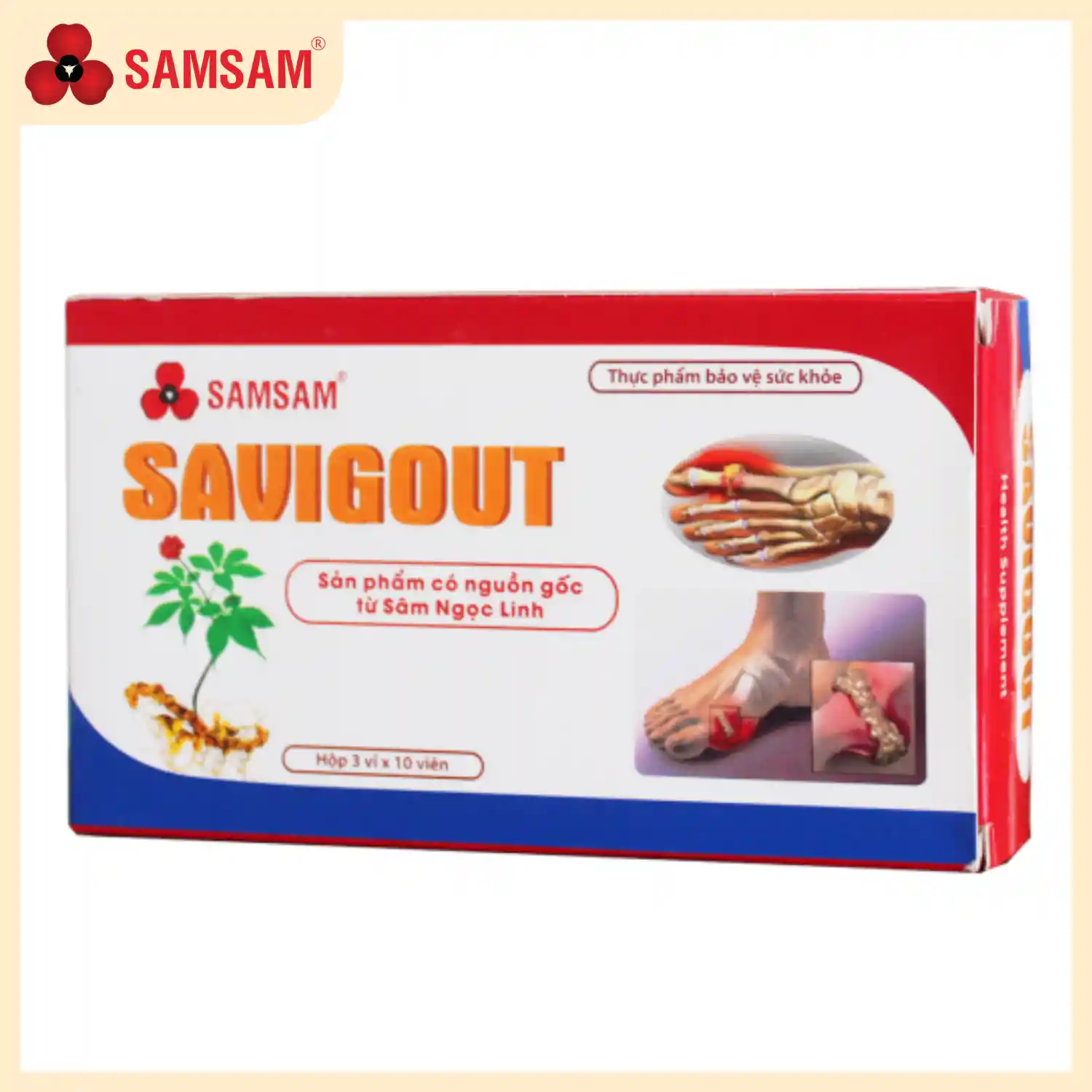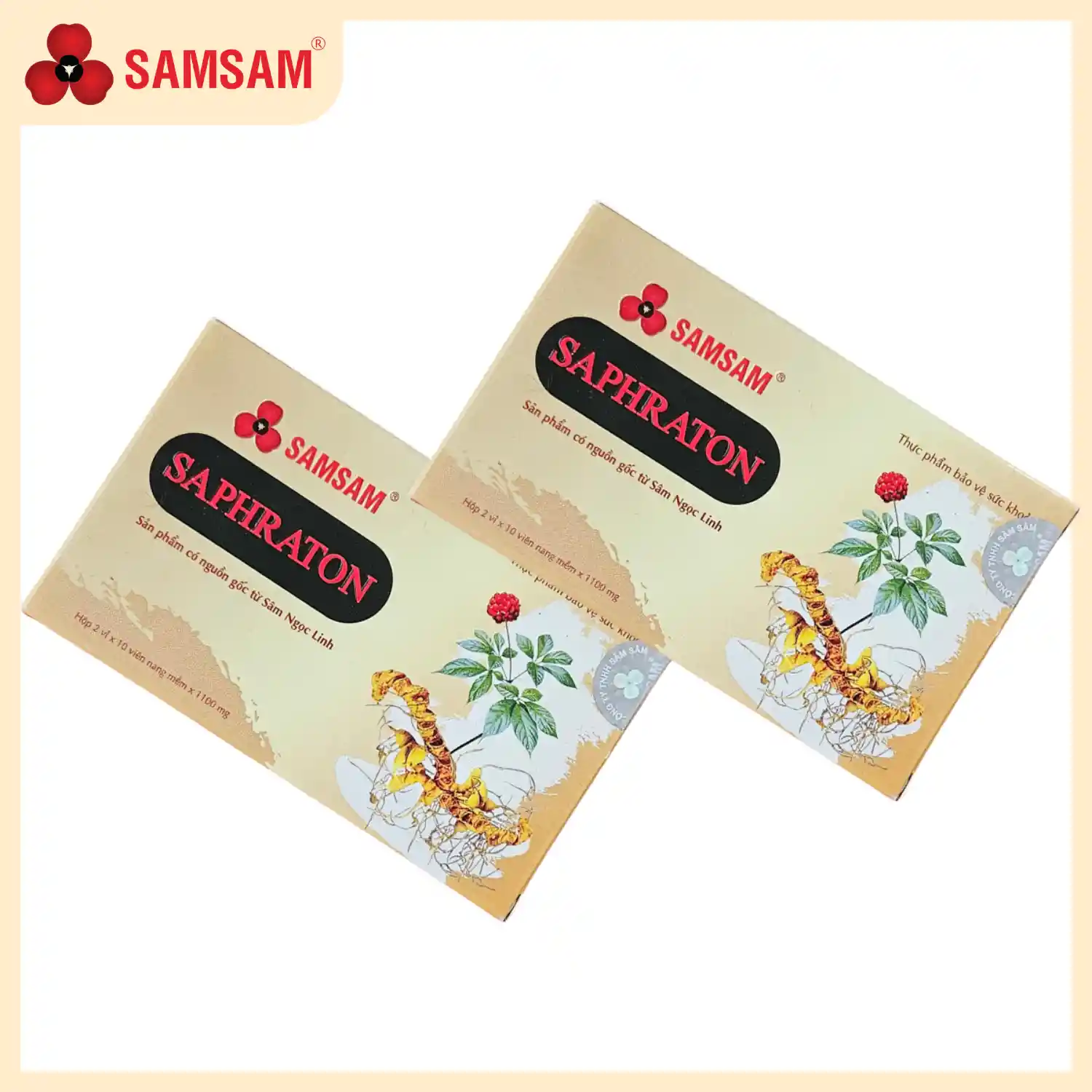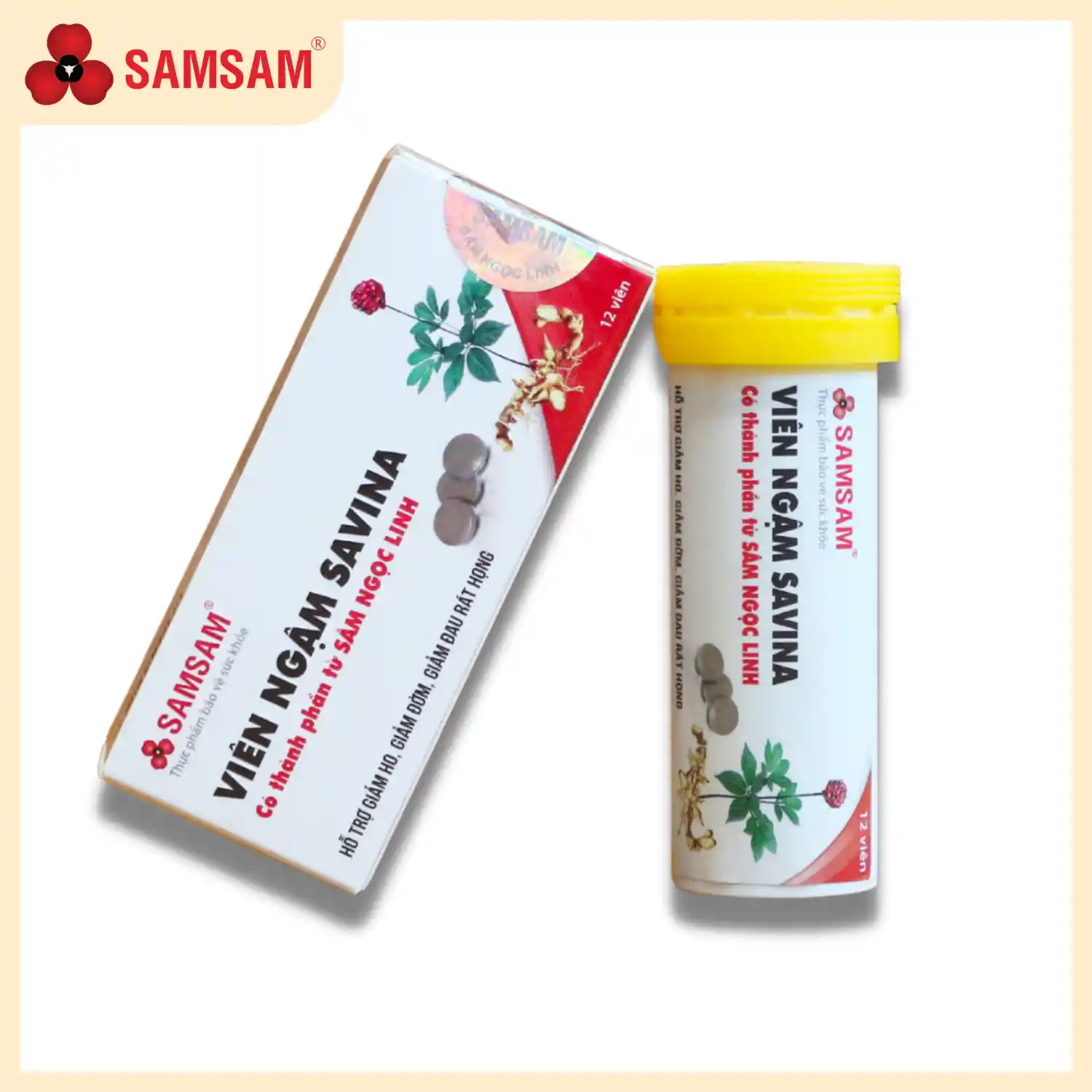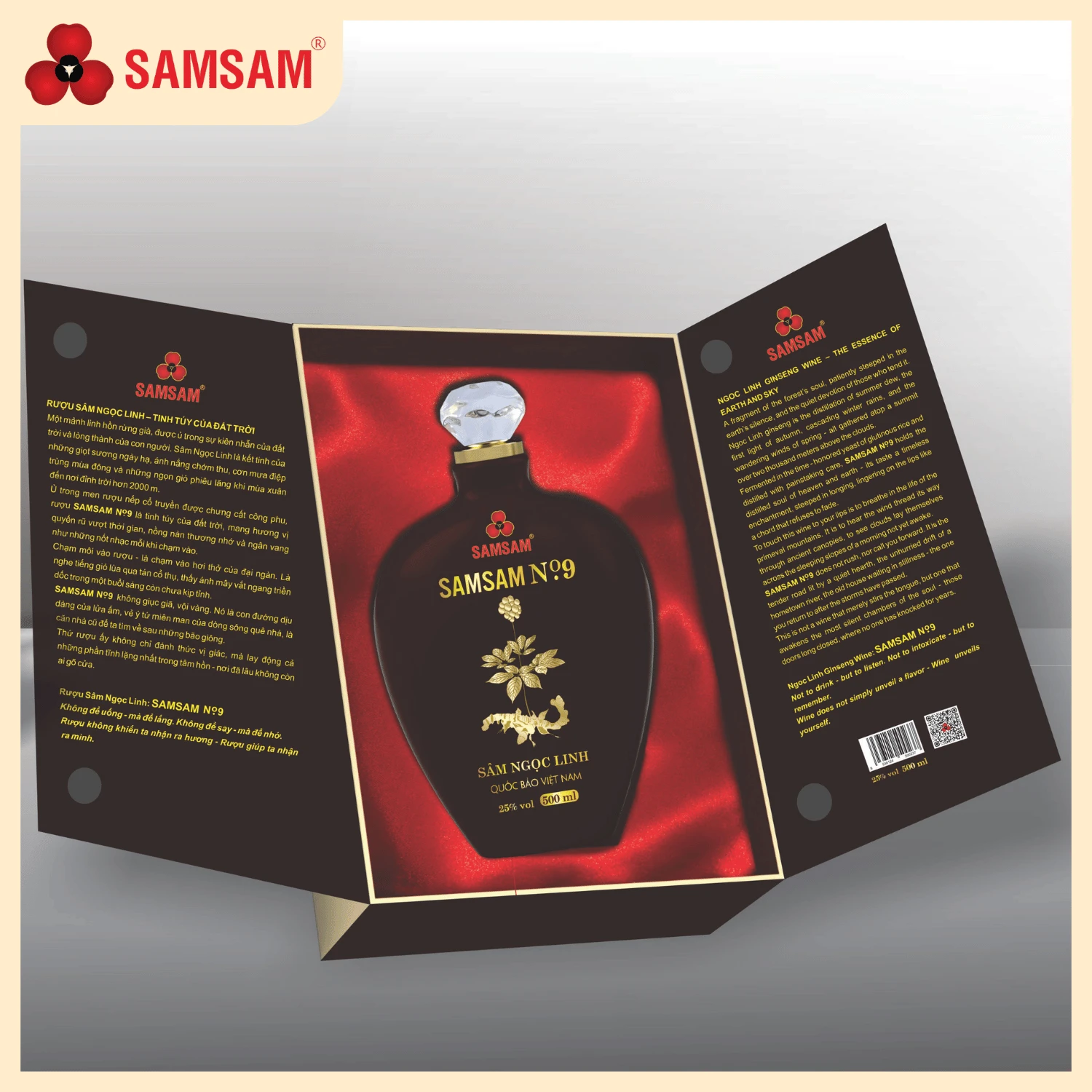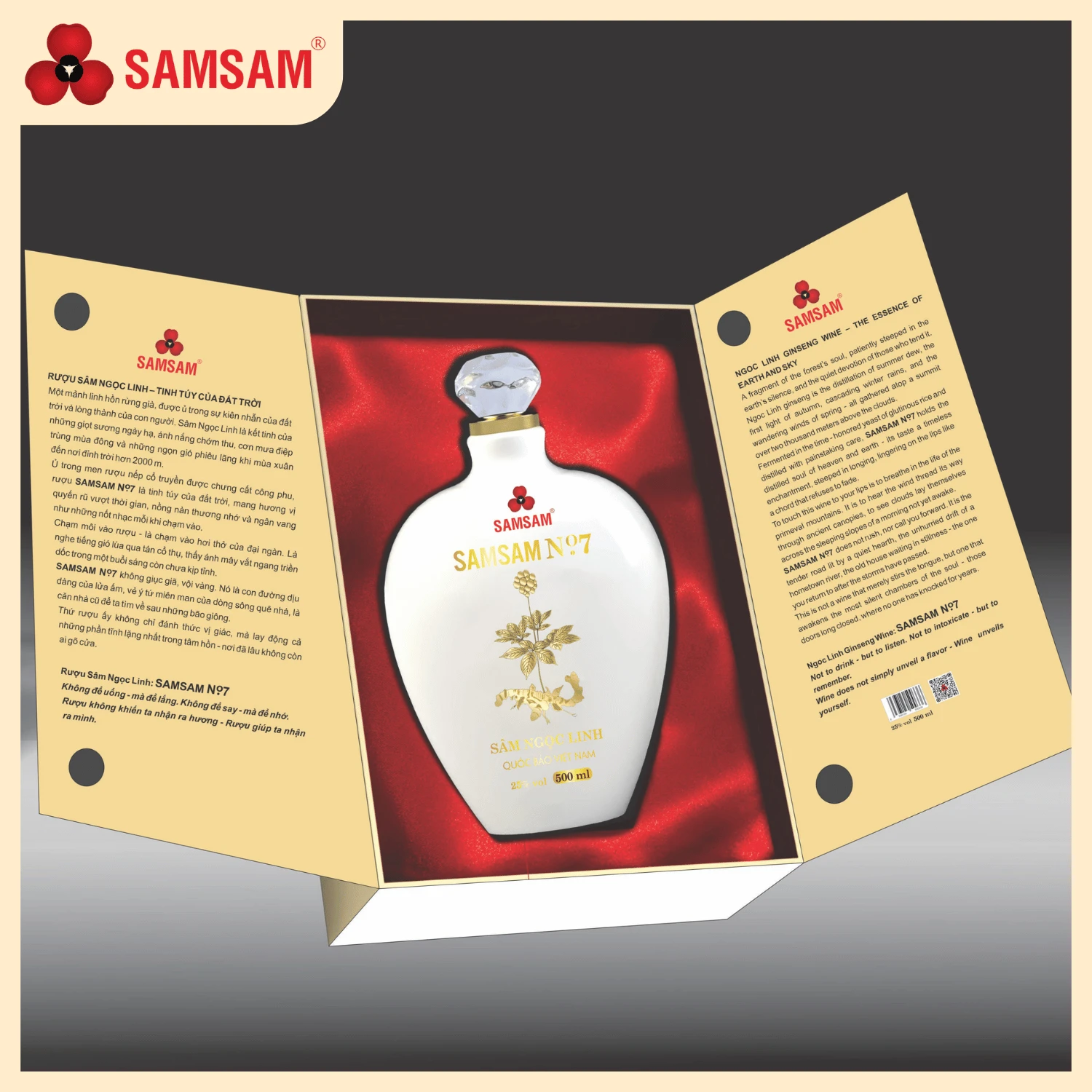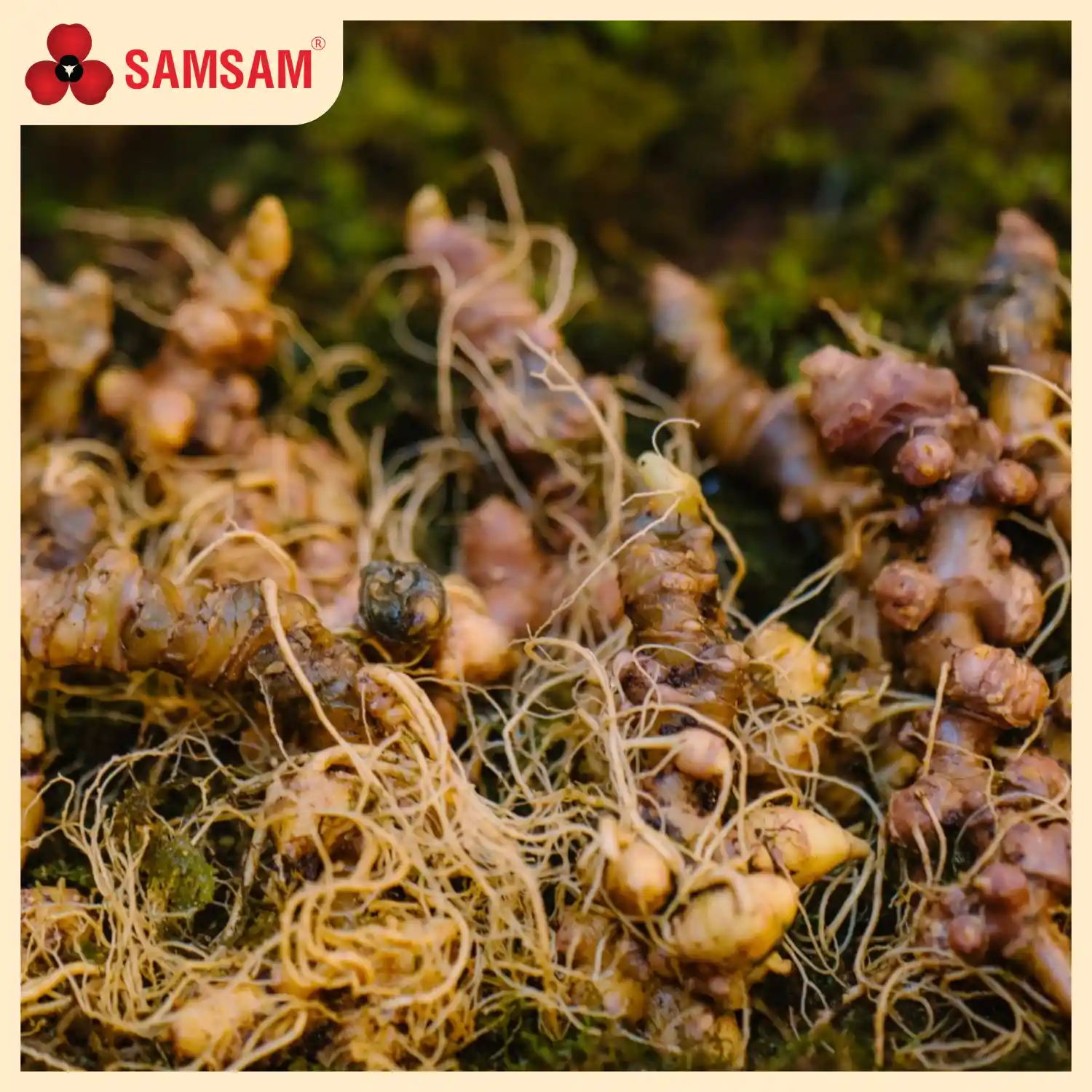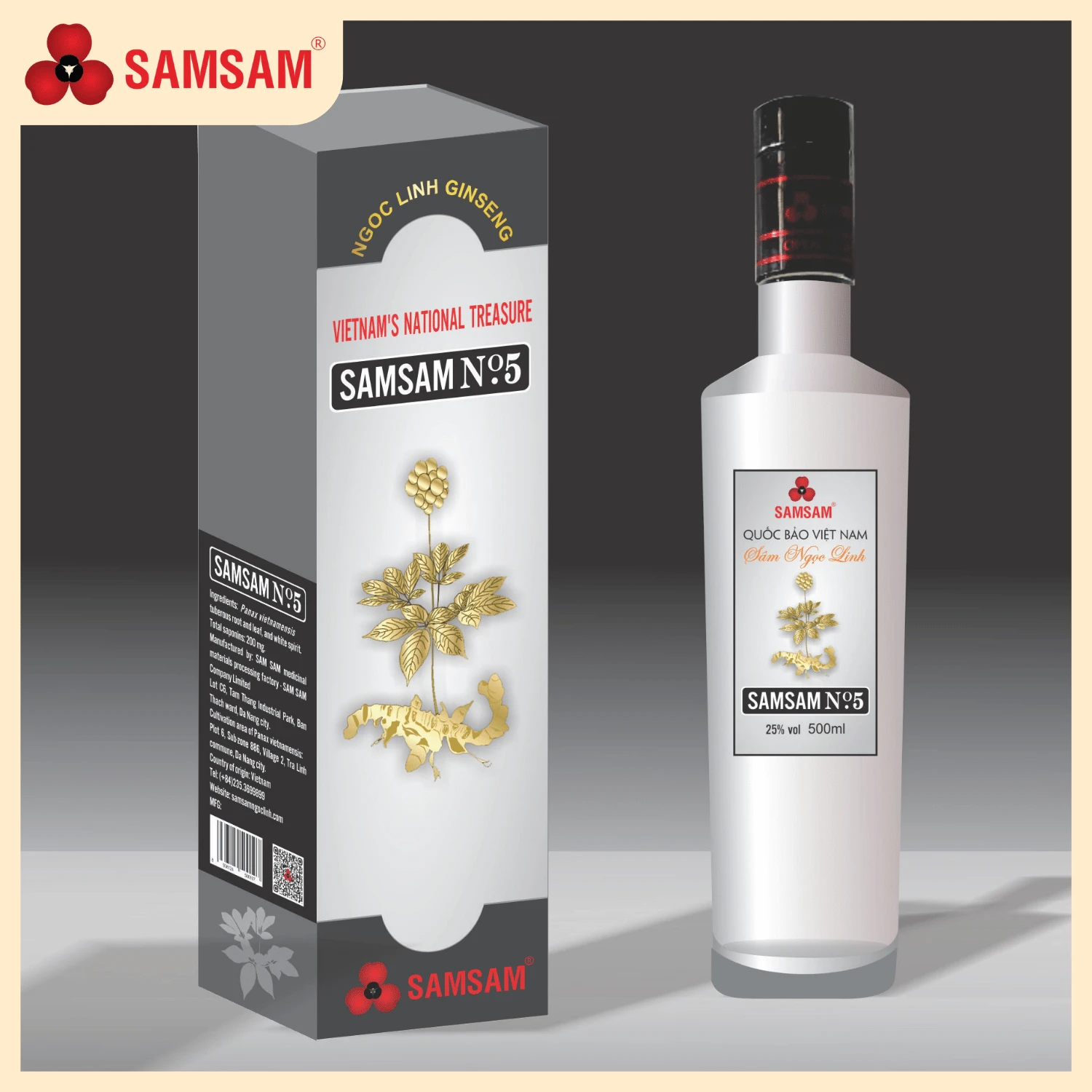At an altitude of over 1,500m, where clouds cover the whole year and the cold soil allows almost nothing to grow except weeds and old forests, there are people who quietly stick to the forest to grow ginseng. They do not call it a “national treasure” as people often say at conferences or in the media. For them, Ngoc Linh ginseng is a journey full of hope, many risks, and very little guarantee.
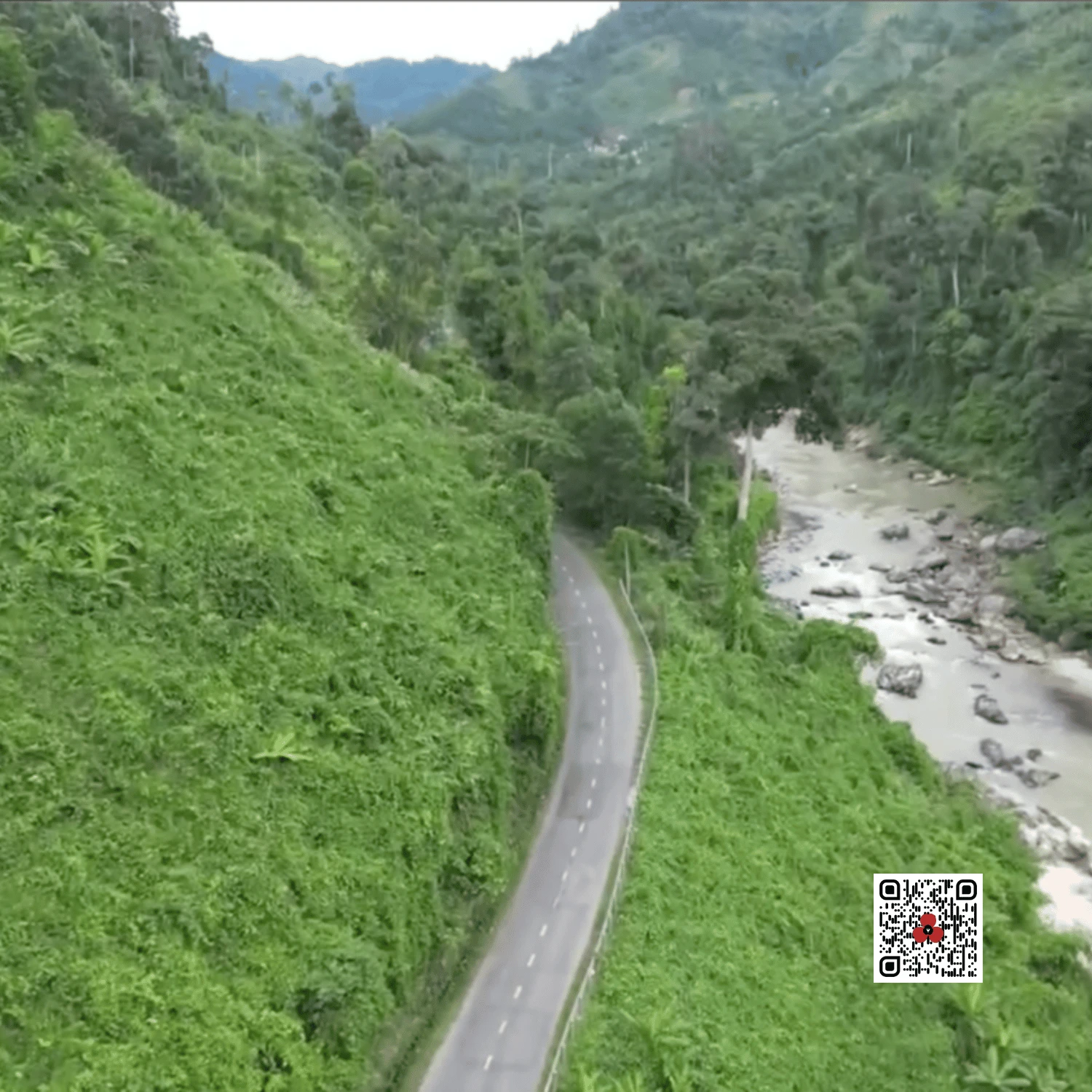
Ginseng does not tell its own story. We must go.
The people living at the foot of Ngoc Linh mountain used to compare the forest to a mother. The forest provides firewood, water, and wild animals. But since ginseng appeared, people began to talk about the forest as a treasure, although not everyone has the chance to touch it. The first households to grow ginseng were the Xe Dang people, scattered in communes in Nam Tra My district (Quang Nam) and Tu Mo Rong district (Kon Tum). From traditional planting, they gradually learned how to create gardens under the forest canopy, build fences, install cameras, and even write a ginseng diary every day as a way to protect the “living gold”.
There are no billboards or pre-existing introductions. There are no signs that say: “Entrance to the precious ginseng region.” The journey to discover Ngoc Linh ginseng always begins with patience – and ends with respect.
The biggest challenge for ginseng growers is not the technique, but the time and uncertainty. Growing ginseng is not like growing vegetables or bananas. It takes at least 5 years for a ginseng plant to be ready for harvest. During those 5 years, if there is an unusual hailstorm, a frost, or worse, a theft, the grower can lose everything. That is why many poor households choose to sell young ginseng or sell their ginseng gardens to investors in the second year, because they cannot endure the risky third and fourth years.
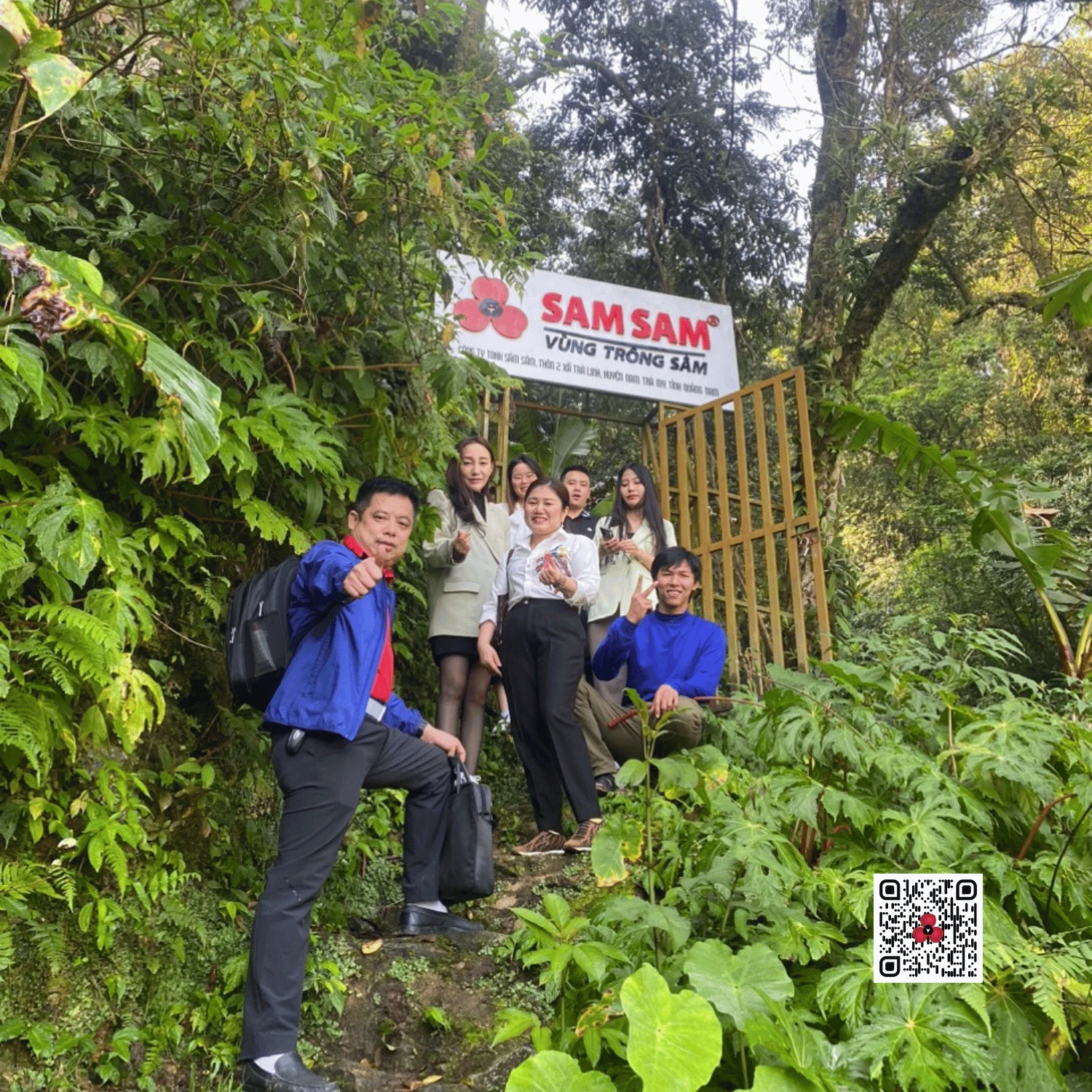
Precious roots, sacred land, and carefulness cannot be rushed
You cannot see ginseng just by coming. Because Ngoc Linh ginseng only grows at an altitude of 1,200m to more than 2,000m, in typical cold and humid conditions, under the canopy of the primeval forest. The ginseng plant grows low, only a span taller, with duck-foot-shaped leaves, small purple flowers, and roots deep under a thick layer of rot. It is not eye-catching, does not glow, does not call. And that is what makes it valuable.
The Xe Dang people call this “hidden medicinal plant” – both a tradition and an instinct to protect sacred things. To know where ginseng grows, you need trust. Not money, not fame – but a long-term relationship with the villagers and elders.
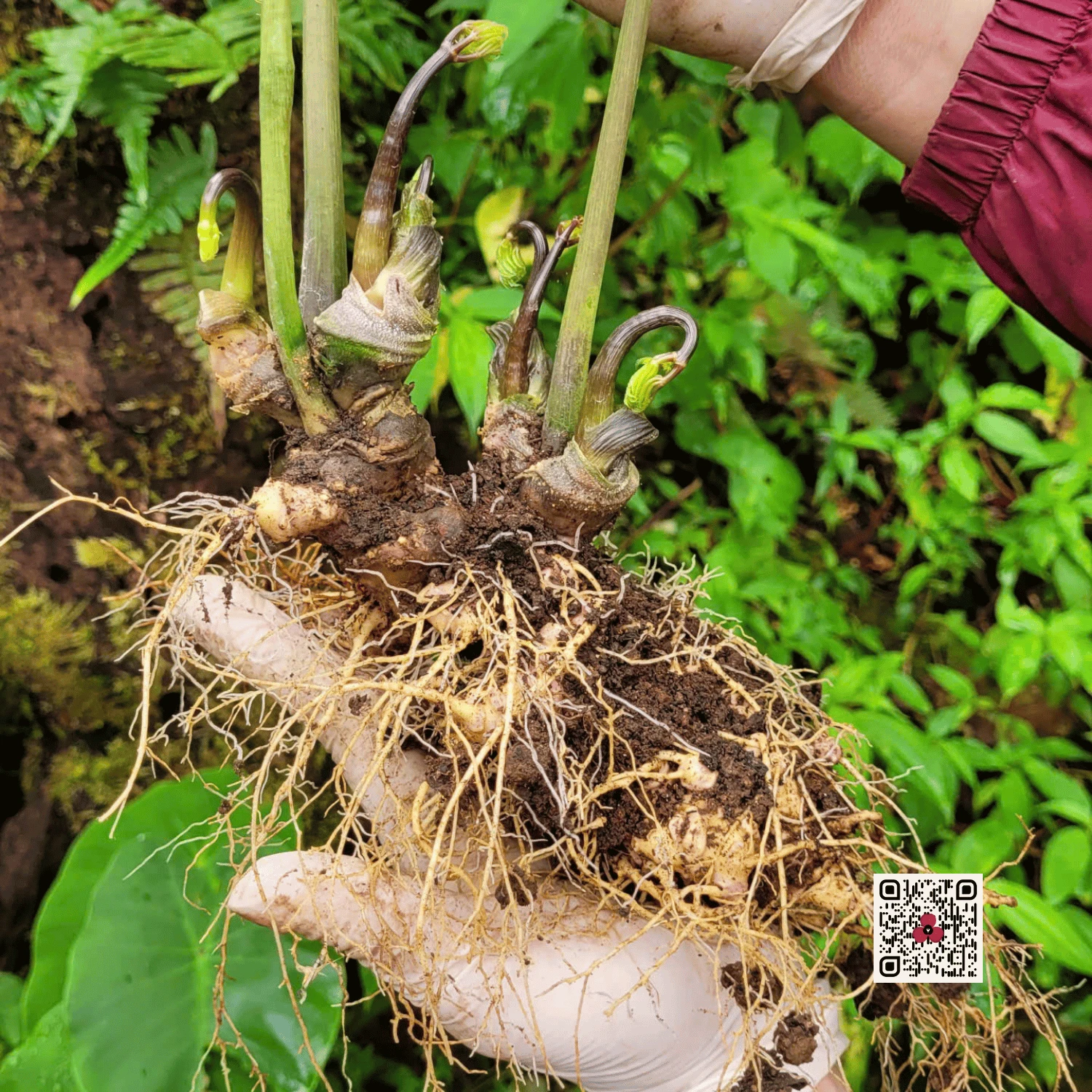
More than a medicinal herb – it is a part of the soul of the mountains and forests
It is not an exaggeration to call Ngoc Linh Ginseng a national treasure. With more than 52 rare active ingredients (twice as much as Korean ginseng), this ginseng not only increases resistance, helps nourish the body but also supports the treatment of many complex diseases. But for the indigenous people, ginseng is not just a medicine. It is a gift from the forest – and one must live a decent life to be worthy of keeping it.
Each ginseng root is a treasure. Each ginseng root is a testament to the soil, climate, and the enduring bond between humans and nature. No one holds the ginseng root to look at it. The Xe Dang people wrap the ginseng root in forest leaves, carefully and quietly, as if handing over a part of the mountain to the next person.
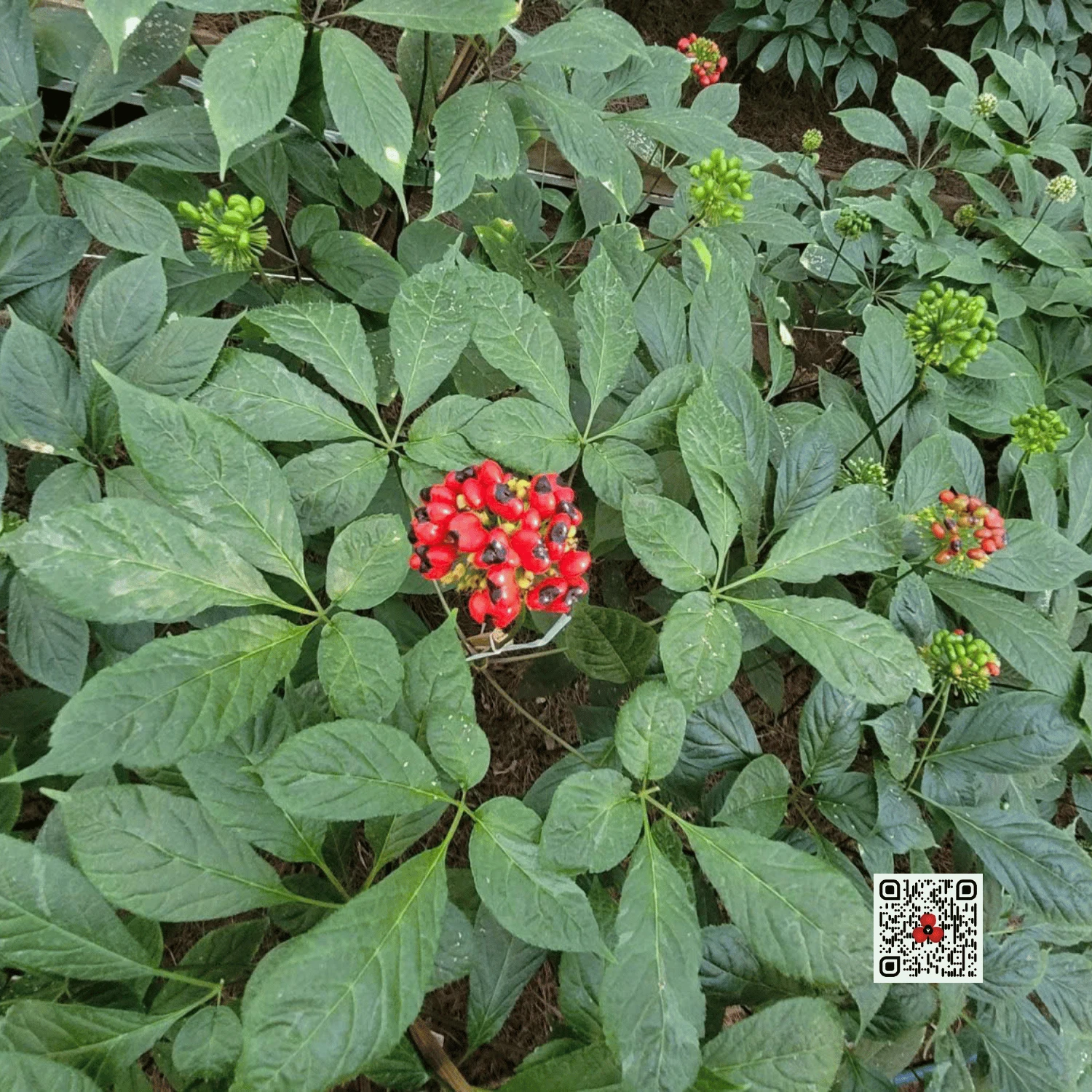
Exploration tourism is not just about taking pictures
Ngoc Linh Ginseng Festival is a rare opportunity for outsiders to access part of that world. Don’t expect to “carry a backpack and see ginseng”. But you can come, listen to the locals tell stories, see how the seedlings are grown, see how they process ginseng wine, ginseng honey, or ginseng tea… It is a whole ecosystem – not flashy but full of respect.
Ngoc Linh Ginseng is not an easy gift. But if you have the heart, you will understand: its beauty lies in the place that is not easy to see.
